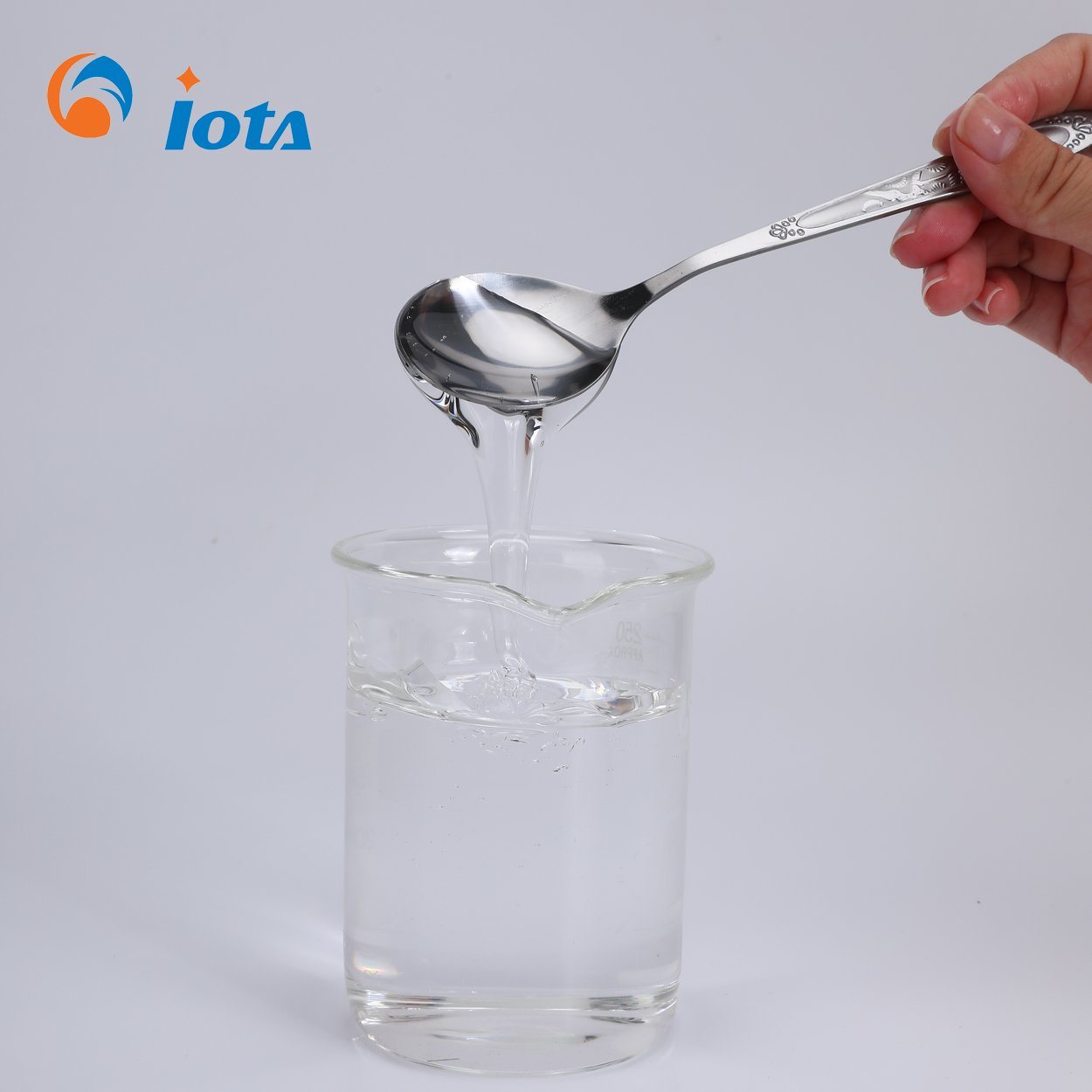When it comes to "silicone oil", presumably everyone's first reaction is "silicone oil shampoo" "silicone oil skin care products" which are not very popular with users, then "silicone eye" have heard of it? In recent years, the number of patients with retinal detachment due to ocular trauma, high myopia, diabetic retinopathy and other reasons has increased significantly. When doctors tell patients that they need to perform "retinal reduction", and it is possible to "inject silicone oil" to assist reduction during the operation, and need to operate again to "remove silicone oil" after the operation, patients often become confused and resistant.
64-year-old Aunt Sun, 3 years ago due to "right eye retinal detachment" in the field of "vitrectomy + silicone oil injection", after the operation has not been regular return visit, the last 3 weeks feel red pain in the right eye, see things more blurred, so to Shanghai Tongji Hospital ophthalmic clinic. After examination, the doctor found that the silicone oil in Aunt Sun's right eye had been partially emulsified, and a large number of emulsified droplets of silicone oil could be seen in the anterior chamber and the corner of the chamber. Finally, Aunt Sun received the "right eye silicone oil removal operation", and the vision was significantly improved after the postoperative review.

What's that silicone oil in your eyes? What's the use?
Medical silicone oil (polydimethylsiloxane), is a colorless transparent liquid, stable performance, non-toxic and harmless to human body. In ophthalmology, it is mainly used for the filling of the vitreous cavity, which plays the role of top pressure on the retina, and the eyeball in the filled state is also the "silicone oil eye". Compared with gas filling, silicone oil has a longer filling time, better top pressure effect, and lower postoperative position requirements for patients.
What eye disease needs silicone oil injection?
Silicone oil has brought hope to some patients with severe retinal detachment, advanced diabetic retinopathy combined with retinal detachment, and complex eye trauma. Silicone oil can restore the detached retina to its original position, maintain stable intraocular pressure, and maintain the appearance of the eyeball.
Can I not take it after injecting silicone oil? If you do not take and what will be the harm, complications?
Silicone oil is not suitable as a permanent filler, and can be removed after a period of time after surgery when the retina is well restored (usually 3-6 months). If not removed in time, there may be risks of silicone oil displacement and emulsification, such as emulsified silicone oil in the anterior chamber leading to pupil block or blockage of trabecular network leading to secondary glaucoma. Damage to the cornea leads to corneal banded degeneration, corneal endothelial decompensation and even perforated corneal ulcers leading to blindness, or infiltration into the retina, affecting retinal function. In addition, the incidence of cataract complicated by silicone oil filling is high, and cataract combined surgery can be performed when silicone oil is injected or removed. Therefore, for the vast majority of patients, the silicone oil filled into the eye must be taken.

Emulsified droplets of silicone oil
"Silicone oil eye" patients usually need to pay attention to what?
The upward buoyancy and tension of silicone oil can be used to press the retina for a long time, and the total time of taking the face down, side or prone position should reach 12-16 hours per day within 1-2 weeks after surgery, and the high IOP caused by the prolonged supine position should be avoided as far as possible (but the postsurgical position with "heavy silicone oil" or special position of the retinal hole should be recommended by the doctor). Regular follow-up after surgery, especially at 1 week, 1 month and 3 months after surgery, can timely detect silicone oil emulsification, increased intraocular pressure, proliferative vitreoretinopathy, poor closure of primary retinal hole or formation of new hole, and subretinal fluid accumulation, which is conducive to early intervention. When patients have symptoms such as red eyes, eye pain, decreased vision, and blocked vision, they need to see a doctor immediately.